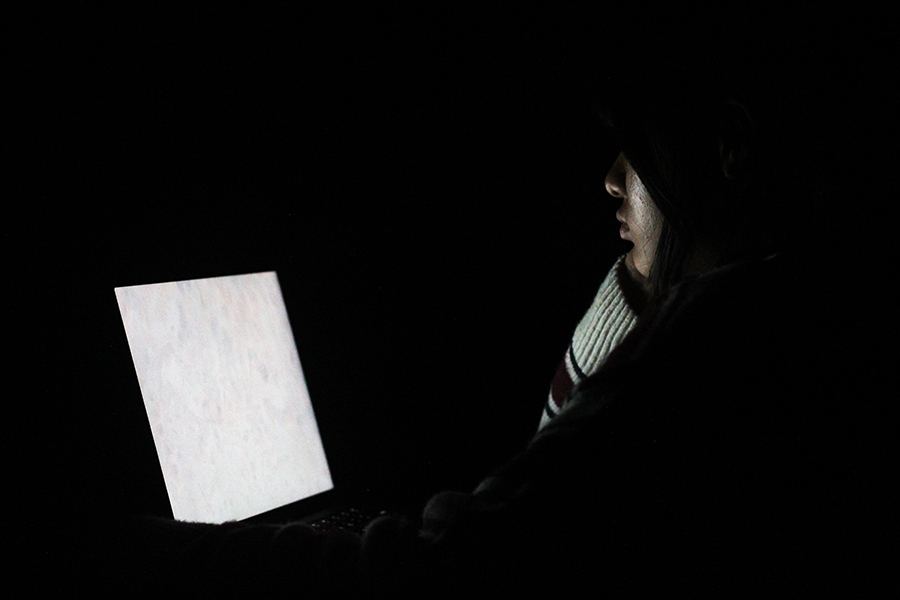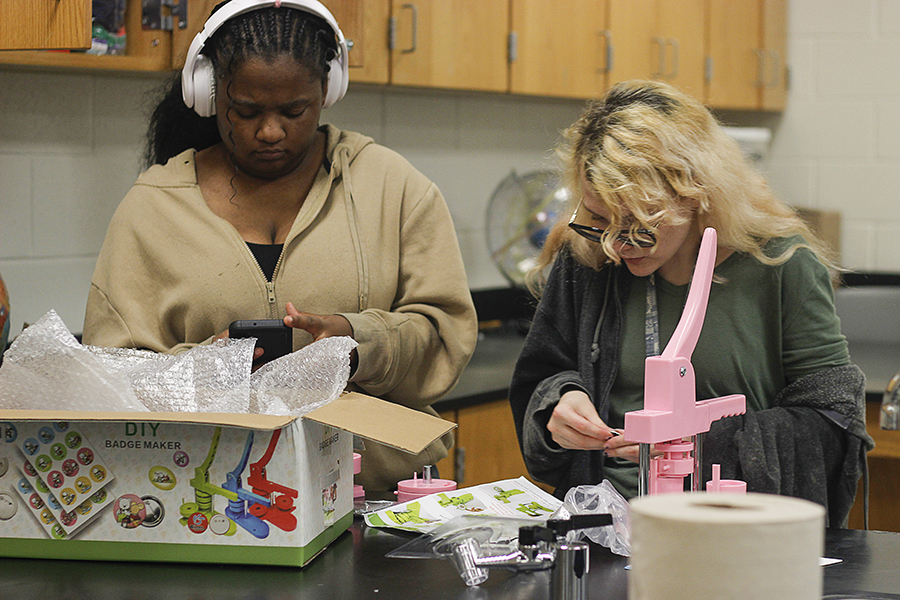Holding their phones like an extension of their hands, eyes locked onto the screen—this is the reality for Generation Z. The first generation to grow up with constant access to advanced technology, their experiences are shaped in ways previous generations couldn’t have imagined.
Technology has improved their ability to access information, play games and listen to music. But it has also shifted how teenagers experience the world. While earlier generations spent more time on physical activities—running, playing and connecting with nature—Gen Z often substitutes these with virtual alternatives.
This shift is becoming clear. Studies show prolonged technology use is leading to addictive behaviors. According to research, adolescents’ internet addiction may experience a range of biopsychosocial effects. The effects are more harmful than it seems because of how fast time passes when teenagers constantly use technology.
“These devices give us instant feedback,” special education counselor Charles Johns said. “You click and boom–you get what you want. It’s a repetitive cycle. It [eventually] becomes an addiction because it sets off various sinners in the brain, just like a drug.”
As Gen Z spends more time on their phones, the addiction is affecting their academic performance. As a result, some teachers have taken some measures in order to help their students.
“I started taking up their phones because I need those who don’t value their education to receive an education,” English teacher Blake Hollowell said. “Phones are dopamine machines. It’s hard to compete with an infinite supply of entertainment.”
These devices have infiltrated not just social and physical lives, but academic focus as well. The most damaging effect, however, is the toll on mental health. According to Johns, excessive phone use increases anxiety. Waiting for a text, for example, can trigger self-doubt and a whirlwind of thoughts as the sender wonders why they haven’t received an instant reply.
“I think overall it’s hurting our health and in the long run, we’re going to regret it when we get older,” junior Jennifer Nino said. “We spend so much time on it–constantly scrolling on social media platforms like TikTok and Instagram. I know personally I’ve wasted a lot of time I wish I could take back and do things that actually matter. I think deleting some app that restricts you from doing your tasks is the most efficient way to live without social media, and a lot of people don’t realize that.”
Before 2020, this addiction existed but was more moderate. The COVID-19 pandemic, however, trapped young people in isolation, with their phones becoming a primary escape. For Gen Z, many were at a critical developmental stage, facing uncertainty about their futures, leading them to immerse themselves in a virtual world.
However, this issue goes beyond the pandemic—it’s rooted in childhood upbringing.
“Kids need to learn how to handle boredom and entertain themselves,” Johns said. “It’s when you entertain yourself that you discover things about the world and yourself.”
Although there seems to be no way out of this virtual trap, it’s not too late to walk back to reality. The solutions to reconnect with oneself and have control over life seems simple and obvious. However, changing harmful habits is harder said than done. The following steps are provided by help guide.org in order to help teens and even adults to recover from this misery.
The first step to heal from this chronic addiction is acknowledging the harmful effects that cell phones are more harmful than many realize. While it might seem like they provide company, they actually create demons that make teens question their reality and overthink, which eventually can lead to depression and anxiety. Taking a step back to analyze phone usage can bring relief and help teens better understand their behaviors and feelings, which is a crucial step in change.
Next, it’s about modifying phone use. This means setting up “screen time” to track hours spent on the phone. From there, teens can set a “screen time limit.” Realizing how many hours are spent on the phone, especially on social media, will encourage them to spend more time on activities that truly matter and benefit well-being.
Though these steps may feel uncomfortable at first, they can help restore balance over time, allowing young people to rediscover themselves and the world around them. Spending time alone and embracing boredom can nature creativity, as detaching from something so central to daily life forces individuals to fill that gap with more meaningful activities.
However, this doesn’t mean completely cutting phones out of life. Rather, it’s about moderating use and balancing it with other essential activities. Technology is deeply interconnected, and fully disconnecting is nearly impossible. For example, in an artist’s life, technology is essential for accessing inspiration and research. It’s not about eliminating technology, but using it thoughtfully and in moderation.
“I notice an increasing lack of patience, but it conversely leads to a fantastic creativity because they do have access to reference photos my generation could never get,” drawing teacher James Ferguson said. “They have access to look up magazines and photos and books, plus they are influenced by artists all over the world. If I want to be completely objective, I would say the lack of patience and the rise of creativity [balance] each other out.”





